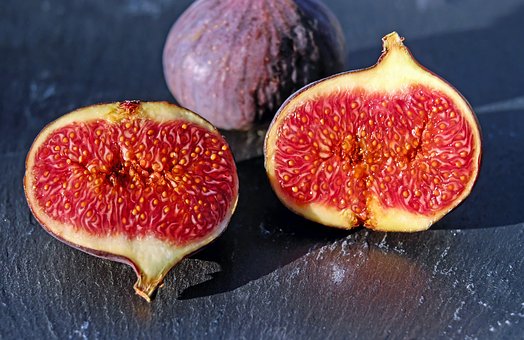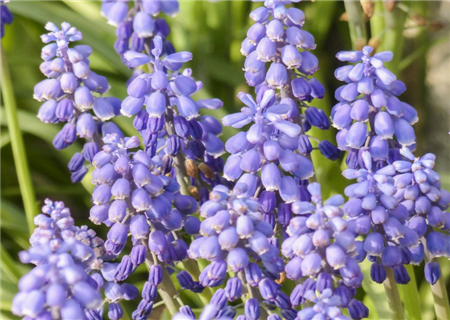Cultivation techniques of Golden Dragon with eight claws
Eight-clawed golden dragon, also known as hundred liang gold, is a kind of traditional Chinese medicine of purple aromatherapy family, which has very high medicinal value. The main medicinal parts are root leaves, which have the effects of clearing heat and relieving pharynx, etc., and have relatively high effects on treating nephritis, falls and other problems. And the fruit can also be used, the oil content of the seed is also relatively high. So how should the eight-clawed golden dragon be planted? The following small series brings you the cultivation technology of eight-clawed golden dragon. Let's take a look together!

1. Land selection and preparation
The eight-clawed golden dragon can be seen everywhere in the wild. It has strong growth ability and can adapt to various soils quickly. However, it will have a certain impact on its yield and quality, so we had better choose soil with sufficient fertility, rich humus and soft depth when planting. This can effectively improve the growth speed of the eight-clawed golden dragon, increase the yield, and expand the planting benefit. After selecting the land, we should do a good job of soil preparation, deep ploughing and fertilization, improve the soil structure, promote the nutrient absorption of the eight-clawed golden dragon, and enhance the growth ability.
2. Reproductive methods
The propagation method of Ipomoea auriculata is mainly seed propagation. Every year after the fruit ripens, the fruit is harvested and the seeds are removed. Clean the pulp and mucus from the seeds with clean water. Because its germination ability is relatively strong, so before planting can not be carried out germination work. However, to harvest and sow, first shallow soil once, and then open the compartment to control the planting density and dig a good sowing ditch. Sow about 35 seeds in the ditch every day, and then irrigate once with human excrement water. Cover with a layer of fine soil and straw, straw cover the top soil can be. Weeding should be done well after seedlings are unearthed to promote the growth of seedlings.
3. Transplanting in time
The growth speed of the seedlings of the eight-clawed golden dragon was very slow, and they were less than 10cm long after six months of growth. Therefore, we should spray growth regulators properly to promote the growth of Ipomoea sinensis seedlings. However, it is generally necessary to wait until the seedlings grow to the third year or so before and after Qingming Festival can be transplanted. The selection and treatment of the field at the time of transplanting should also be carried out with the same requirements as the seedling bed. When transplanting, pay attention to transplanting with soil to prevent damage to the roots of seedlings and affect growth. Plant one plant in each planting hole, compact the soil after planting, and then irrigate enough root-fixing water.
4. Daily management
If it is cultivated in the open field, then we must pay attention to film mulching during winter to prevent freezing damage affecting the growth of Golden Dragon. The eight-clawed golden dragon likes to grow in a cool environment, so we should also do a good job of shading in summer, and control the shade to about 50%. Then, the moisture content of soil in summer should be controlled at about 25%, which is the most suitable degree for the growth of Ipomoea sinensis. After planting, we should pay attention to the work of intertillage and weeding, and then apply sufficient base fertilizer once a year in spring to meet the nutrients needed for the growth of the eight-clawed golden dragon.
The above is a brief introduction to the cultivation techniques of the eight-clawed golden dragon. The cultivation of the eight-clawed golden dragon is actually relatively simple, but it should also be managed well, strengthen the application of water and fertilizer, and create a good growth environment for the eight-clawed golden dragon. Today's introduction is here, this article is for reference only, I hope to help everyone oh!
- Prev

Fig potted planting technique: what kind of variety is good? How can it bear fruit? If you master these points, you can grow easily.
Figs, also known as milk berries, honey fruits, asparagus fruits, etc., are a kind of fruit with anti-cancer effect, which is very suitable for planting in the courtyard and balcony, and will bear fruit all over the branches after flowering. Which variety of potted figs is good? How can it bear fruit? What is a good variety of potted figs?
- Next

Can hyacinth be kept in the bedroom? How to fertilize and absorb the best? (with culture method)
Hyacinth has a unique shape and is the first bouquet that many friends will choose to buy. Shaped like garlic before flowering, it is native to the Mediterranean coast and Asia minor. It is one of the most fragrant flowering plants found in the study. So can hyacinth be kept in the bedroom? How to apply fertilizer and absorb hyacinth is the best.
Related
- Fuxing push coffee new agricultural production and marketing class: lack of small-scale processing plants
- Jujube rice field leisure farm deep ploughing Yilan for five years to create a space for organic food and play
- Nongyu Farm-A trial of organic papaya for brave women with advanced technology
- Four points for attention in the prevention and control of diseases and insect pests of edible fungi
- How to add nutrient solution to Edible Fungi
- Is there any good way to control edible fungus mites?
- Open Inoculation Technology of Edible Fungi
- Is there any clever way to use fertilizer for edible fungus in winter?
- What agents are used to kill the pathogens of edible fungi in the mushroom shed?
- Rapid drying of Edible Fungi

